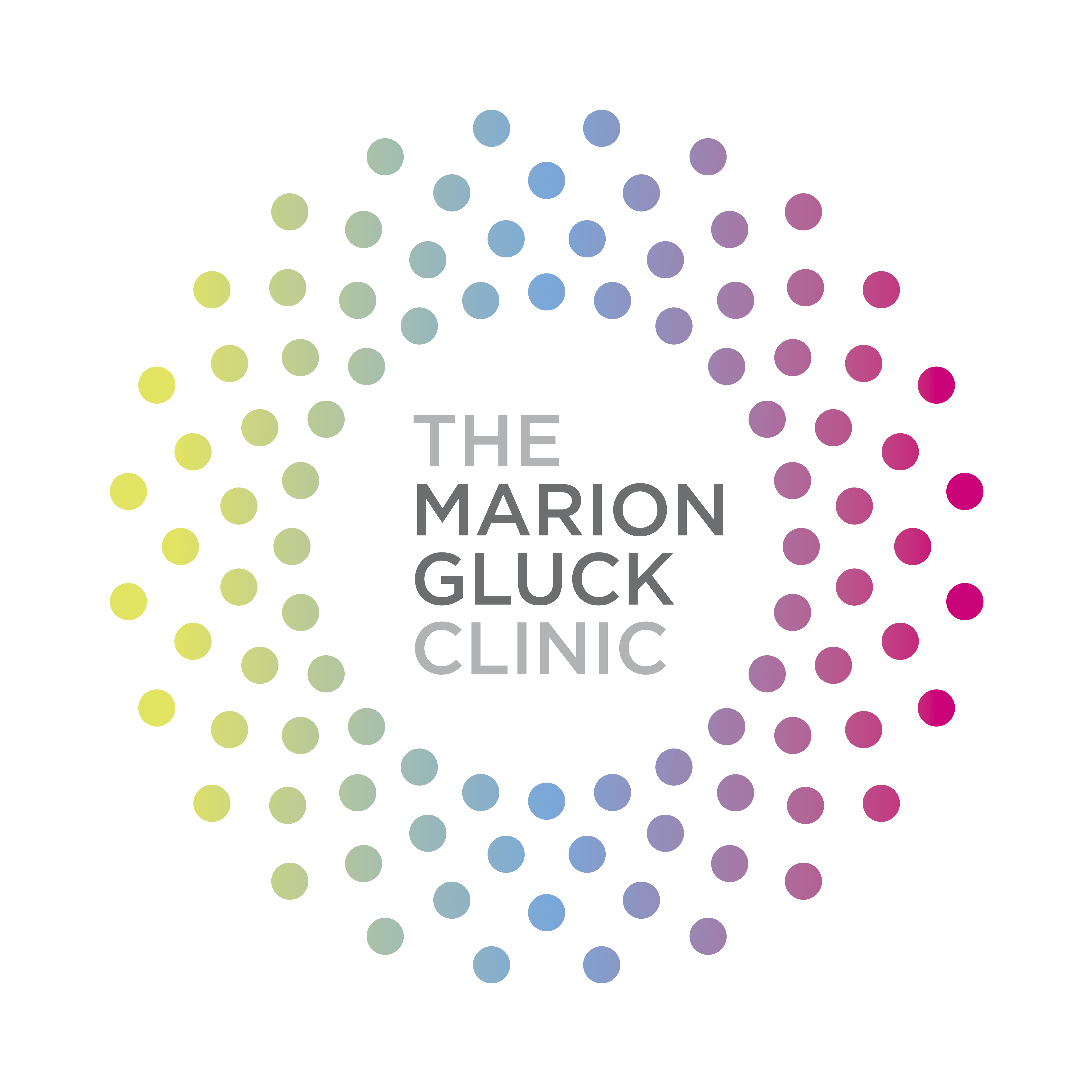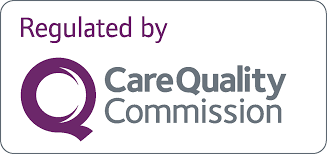Ovulation Signs: How Do You Know When You’re Ovulating?
Did you know that 68% of women attending fertility clinics said they were timing sex during their fertile window, but only 13% of women attending fertility clinics could correctly identify their fertile window?
We haven’t been taught this — and it’s not obvious. Although most of us ovulate mid-cycle, plenty don’t. We can have 28-32 day ‘normal cycles’ but ovulate anywhere between day 11 and day 21. So how can you find out if you’re ovulating?
Taking your basal body temperature
To take your basal temperature, you need to make sure you have a thermometer that measures temperatures to at least one-tenth of a degree — either a digital thermometer or a special basal body temperature thermometer.
Take your basal temperature at the same time every day. You need to be doing this first thing when you wake up right before you get out of bed, always from the same place e.g. orally (as opposed to rectally, then orally).
Record the temperature each day. Fertility apps are great for this — they allow you to compare each day’s temperature and identify a temperature increase. What you should find is that prior to ovulation your temperature is lower, usually between 36-36.5 degrees.
It may take a few cycles to determine when this rise occurs each month, but after ovulation, your temperature should rise by at least 0.2 degrees due to the heating effects of progesterone. So if you are not seeing any step up from a range of lower temperatures to a range of higher temperatures then you may not be ovulating and not producing progesterone in the second half of your cycle.
Post-ovulation temperatures that rise then dip could be a sign of low progesterone in the second half of your cycle and this is worth investigating. Take our online consultation to get assessed and get the right treatment.
Establishing the fertile period
You are most likely to get pregnant during the period spanning 2 days before and 3 days after ovulation.
If you are hoping to become pregnant, have sex during this time. If you want to avoid pregnancy, hold off unprotected sex until the fourth day after ovulation.
One caveat with this is that basal body temperatures can be thrown off by alcohol, stress, jetlag and some medications, so it is worth being mindful of these.
Monitoring your cervical fluid
Rising oestrogen levels in the lead-up to ovulation stimulate your cervix to produce mucus (hence the wet patch you may experience).
This fluid is called cervical mucus and is different from the fluid you secrete when aroused. It is full of nutrients and supports a friendlier alkaline environment for sperm to help them on their way.
At your most fertile, this fluid transforms to resemble stretchy egg white. You really want to be having sex right from when the white opaque fluid arrives, all the way through to it resembling egg whites.
Using urine ovulation kits
These handy kits detect the LH (luteinising hormone) surge that occurs 12–36 hours before ovulation. LH is the hormone that triggers ovulation.
The difficulty with using these is about the timing — if you don’t test frequently enough you can miss the LH surge.
Now you know the tips and tricks to give yourself the best chance of conceiving naturally. Get in touch with us today to help you take control of your fertility.






